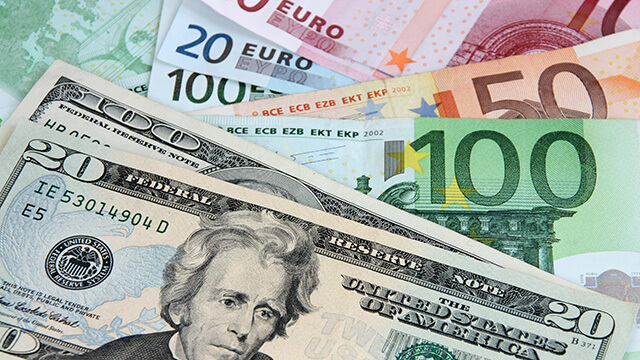
 560
560
Euro Struggles Amidst US-China Trade Uncertainty and Inflation Concerns
The Euro has shown limited bearish movement in response to the US-China trade agreement, which has raised concerns due to a lack of detail regarding its implementation. The EUR/USD currency pair remains in a state of uncertainty, hovering between 1.1375 and 1.1455 as traders await clearer indications of market direction.
On Wednesday, the Euro slipped to just above 1.1400 as the US Dollar gained strength following reports of a tentative framework aimed at reducing trade tariffs between the two nations. However, the deal awaits approval from US President and Chinese Premier, and the vague details have resulted in a muted market response. Investors remain cautious, as the agreement keeps existing tariffs in place, albeit at reduced levels, which does not guarantee its longevity. This uncertainty has kept the currency pair confined to its recent trading range.
US Commerce Secretary mentioned that an agreement was reached to reactivate a Geneva consensus previously set aside due to US complaints regarding China’s trade restrictions. Additionally, a federal court ruling has temporarily upheld Trump’s comprehensive tariffs pending further judicial review.
Looking ahead, the day’s economic highlights include the release of the US Consumer Price Index (CPI) data for May, which is anticipated to indicate moderate inflation increases. This data could potentially reignite concerns regarding stagflation, as the market watches closely for any deviations that might influence Federal Reserve monetary policy decisions.
The trade framework established by the US and China has elicited a tepid market reaction, with the focus now shifting to US inflation figures, projected to rise 0.2% month-over-month and an annual increase to 2.5% from the previous 2.3%. Furthermore, a $39 billion auction of US 10-year Treasury bonds will attract attention amidst ongoing fiscal stability concerns.
Meanwhile, European data revealed a stronger-than-expected rise in investor confidence, which improved to 0.2 for June from -8.1 in May, driven by optimism regarding the Eurozone’s economic prospects. Statements from European Central Bank officials emphasized the need to maintain a steady inflation rate of 2%, signaling a reluctance towards further monetary easing.
From a technical standpoint, EUR/USD appears to be consolidating after the late-May rally, with price action constrained within an 80-pip range below 1.1455. The currency pair’s current momentum may face challenges, particularly with key support at 1.1375. A break below this level could signal a deeper correction toward lower support levels, while resistance remains at the June highs near 1.1455.














